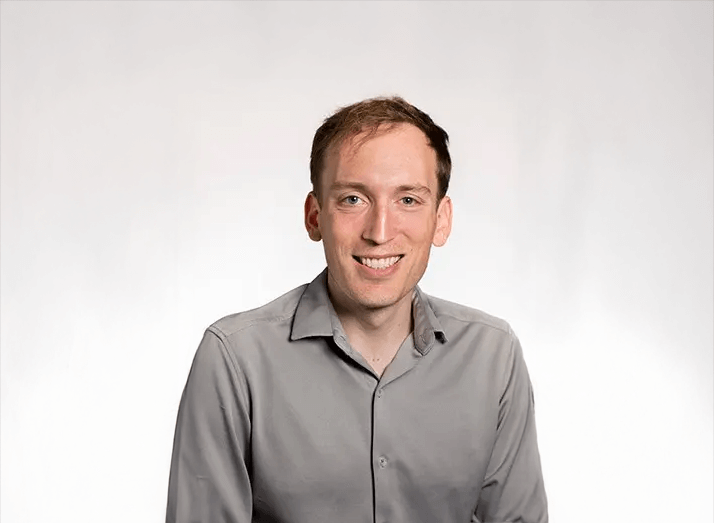Understanding how inorganic materials and minerals behave, evolve, and change in various environmental conditions is a core challenge in geophysical sciences, and an area where ab-initio simulation methods have long been helpful. The same processes can also be used to find and discover materials for industrial applications like renewable energy conversion. I will discuss some of the large open science datasets released by the FAIR Chemistry team for inorganic materials science, including the recently release OMat24 dataset, as well as related datasets for surface chemistry (OC20/OC22) and metal-organic frameworks (ODAC23). These datasets comprise hundreds of millions of structures, and are being used by us and others in the community build increasingly accurate AI/ML models, including recent state-of-the-art models like the eSEN model. I will also discuss some recent work to apply generative models like LLMs and flow matching methods to hypothesize new materials and minerals. This talk will also highlight the importance of community and open-science efforts to addressing multi-disciplinary challenges.
Biography:
Zachary W. Ulissi joined Meta’s Fundamental AI Research lab in 2023 to work on AI for chemistry and climate applications and is based in the San Francisco Bay Area. He is particularly excited about how AI and machine learning methods can enhance various quantum chemistry simulations, leading to improved materials and catalysts. In 2024, Ulissi serves as an adjunct professor of chemical engineering at Carnegie Mellon University (CMU). Prior to 2023, he was an assistant and then associate professor at CMU, and in 2023, he was on leave from his position. He joined CMU in 2017 after earning his PhD at MIT and completing a postdoctoral fellowship at Stanford. His PhD research at MIT, conducted under the supervision of Michael Strano and Richard Braatz, focused on applying systems engineering methods to understanding selective nanoscale carbon nanotube devices and sensors. At Stanford, he worked with Jens Nørskov, using machine learning techniques to simplify complex catalyst reaction networks, particularly for the electrochemical reduction of N₂ and CO₂ to fuels. At CMU, he continued these efforts, employing machine learning and predictive methods to model, understand, and design nanoscale interfaces to guide detailed molecular simulations. Outside of his professional work, Ulissi enjoys outdoor activities and was previously a competitive cyclist, though he now primarily takes bike trips for leisure. He also has a passion for cooking and traveling. He lives with his toddler, Enzo, and a large, friendly dog named Laika. (Source)

May. 8, 2025 - Zachary W. Ulissi: Open AI/ML Models and Massive Datasets to Accelerate Inorganic Materials Discovery
Thursday, May 8, 2025
12:00 PM - 1:00 PM
12:00 PM - 1:00 PM
About this Seminar

